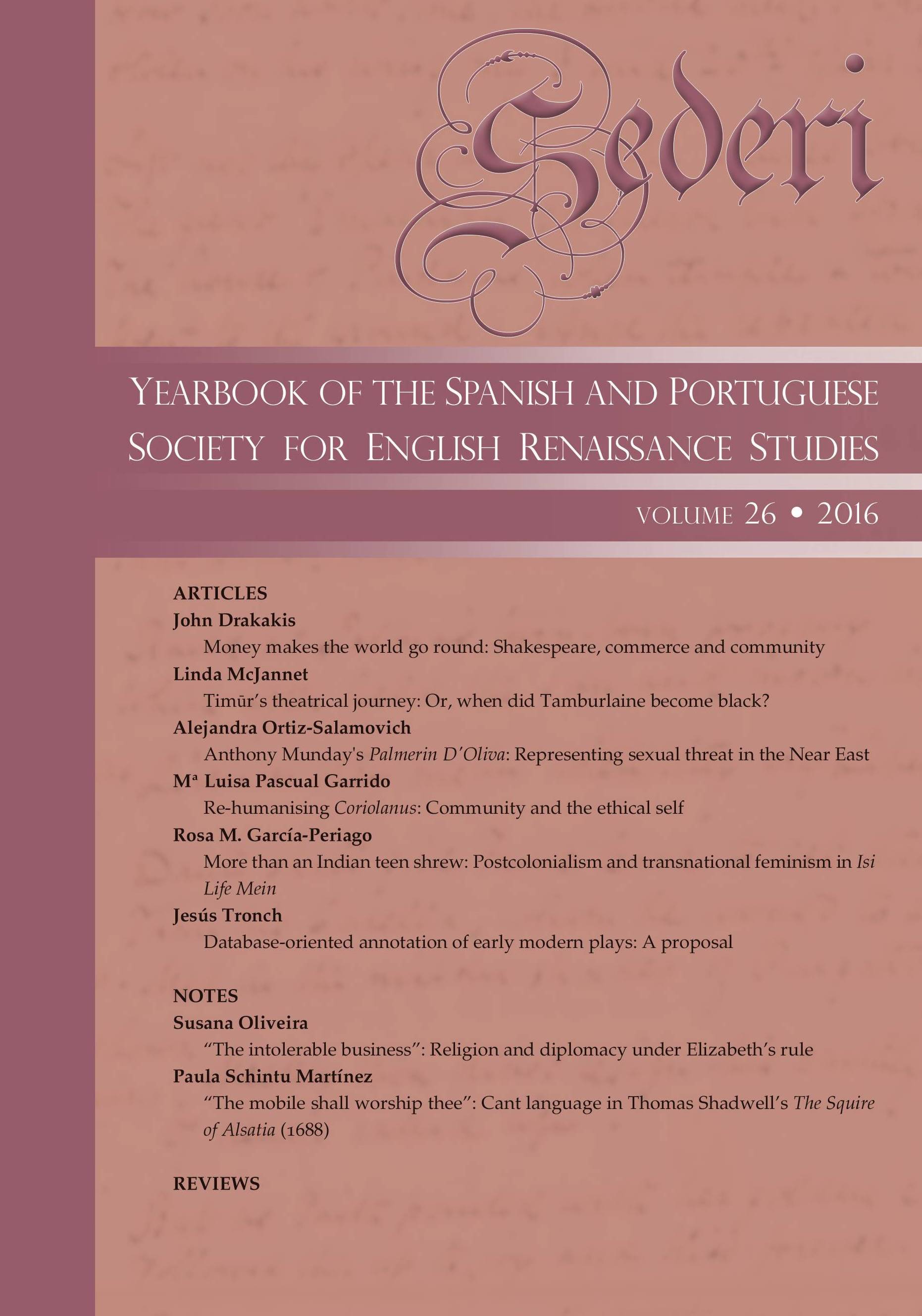Timūr's theatrical journey: Or, when did Tamburlaine become black?
Abstract
Reviews of modern productions of Marlowe’s Tamburlaine often note a three-hundred-year hiatus between a recorded performance in 1641, just before the closing of the theatres, and Tyrone Guthrie’s revival at the Old Vic in 1951. While the statement is mostly true with respect to Marlowe’s play, Tamerlane or Timūr Lenk and the Ottoman emperor Bayazid I (Marlowe’s Bajazeth) had important theatrical incarnations in the 1700s before they declined into parody in the 1800s. When Marlowe’s play was revived in the modern era, the main characters reclaimed their dignity, but they also acquired markers of racial, ethnic, or religious otherness that had not been prominent earlier. Timūr’s (and Bayazid’s) varied theatrical representations illustrate the malleability of iconic cultural figures, the sometimes problematic emphasis on ethnic difference in modern theatrical practice, and the challenges and opportunities of cross-racial casting.Downloads
Downloads
Issue
Section
License
The copyright holder of the published contributions is SEDERI.The hardcopy and an open-access version of the journal will be published simultaneously. The issues will be available online in the SEDERI website (http://www.sederi.org/yearbook/) and other repositories that have signed an agreement with SEDERI.
The authors who publish with this journal agree to the following terms:
a) SEDERI retains copyright of the essay.
b) If the author wishes to republish or rewrite the essay for another journal, or include the essay published in SEDERI in their personal repositories, or in any other way, they should contact the editors to obtain permission to do so. This will entail citing SEDERI as the original source and sending the editors a copy of the new version, or the link to the website, in case of online publishing.
The author(s) hereby warrant(s) that:
a) The essay submitted for publication is an original creation and does not infringe any copyright or property right of another journal, author or publisher.
b) The essay submitted for publication has not been previously published, whole or in part, and is not being considered for publication elsewhere.
c) Written permission has been obtained for any material from other sources included in the essay submitted for publication.




